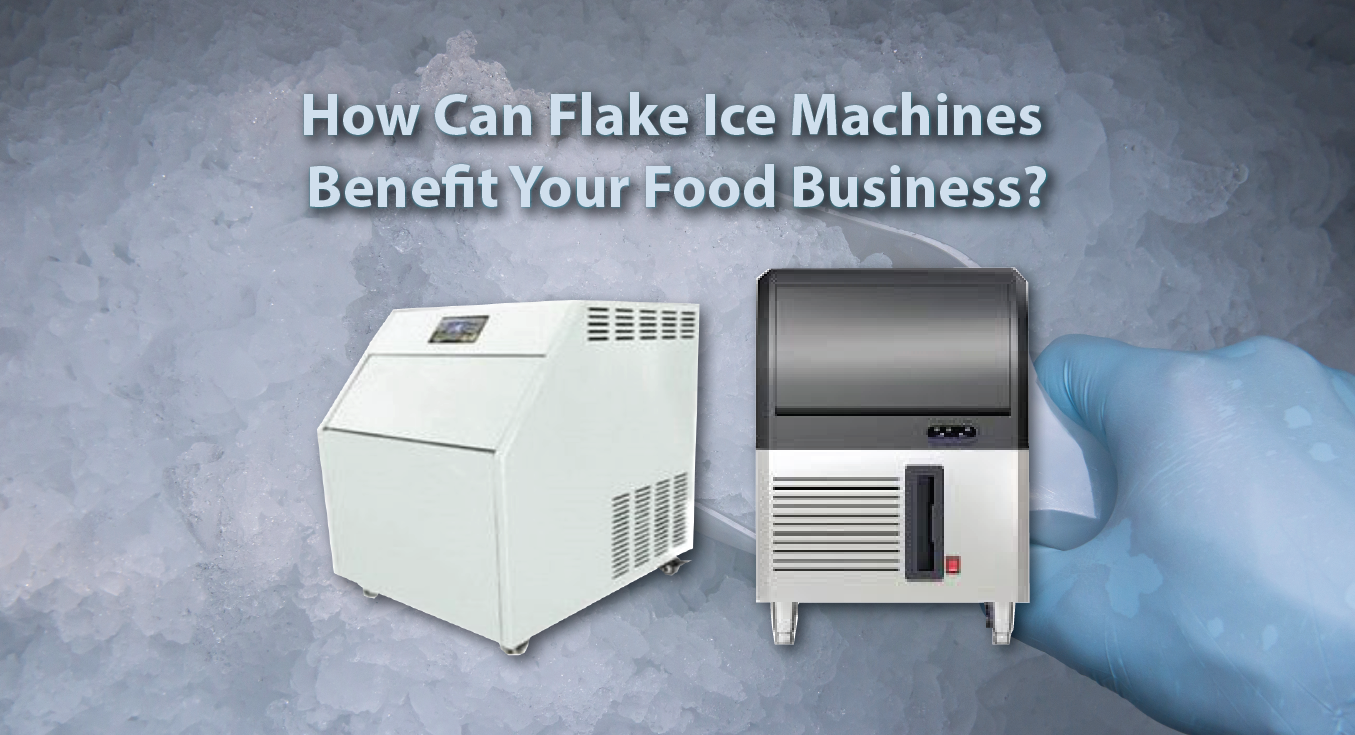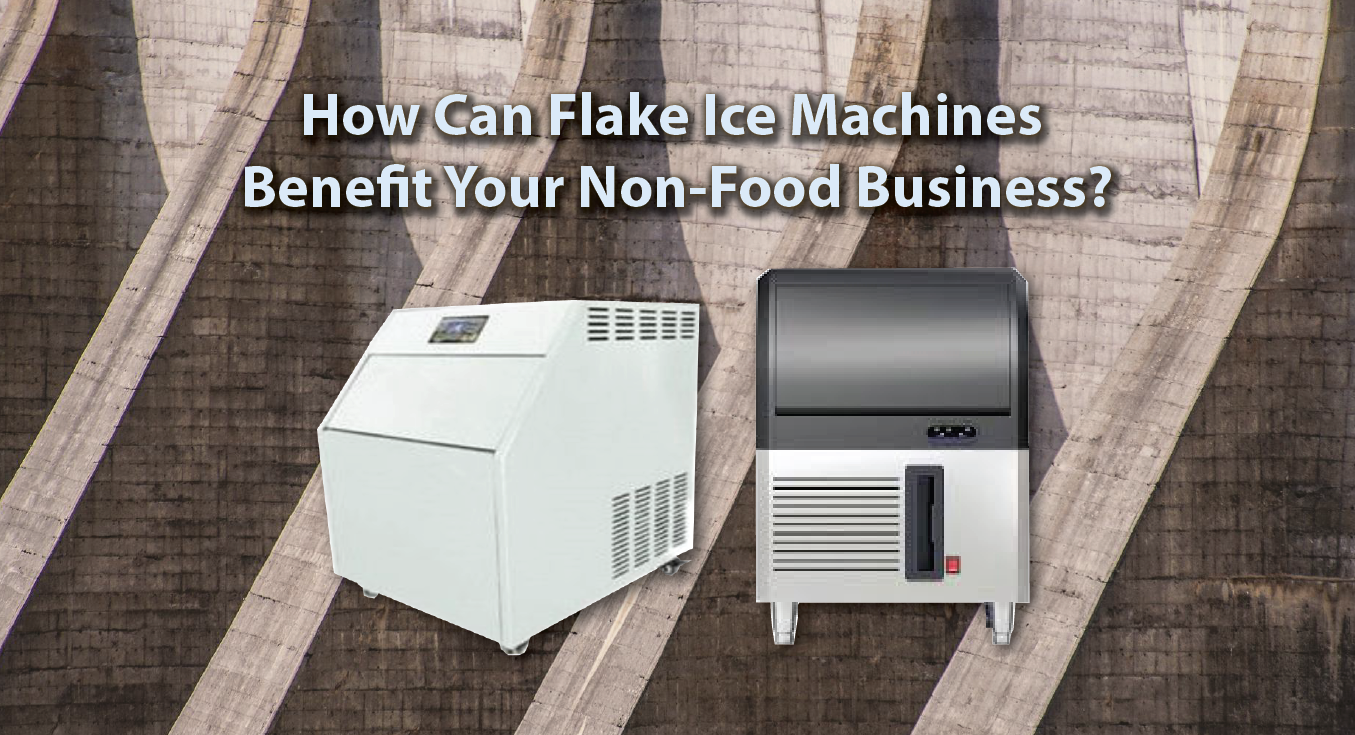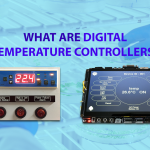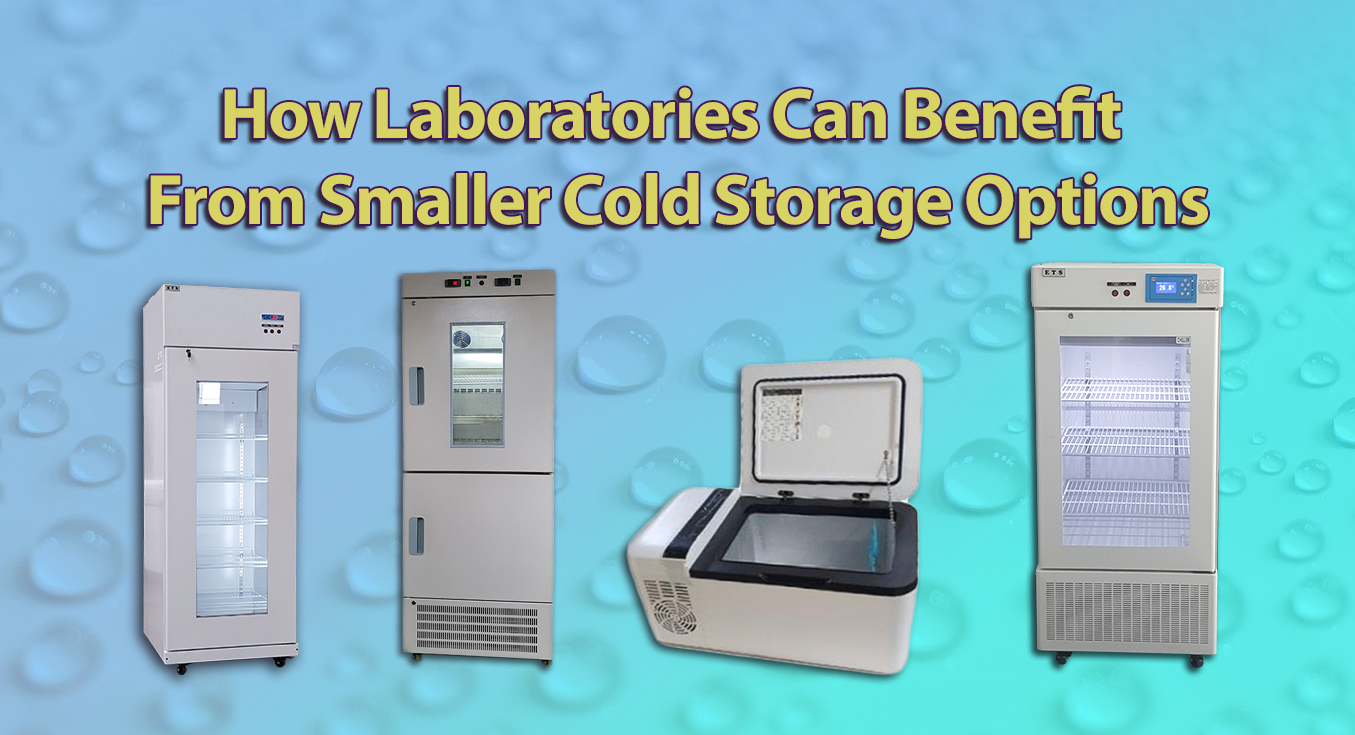Ice is an item required across many market segments around the world. There are several types of ice which serve a particular purpose, some are meant for cooling drinks, others are meant for chewing, or for product display.
For this reason, commercial ice making machines are needed to generate the types of ice needed, such as cube ice, flake ice, nugget ice and more, in huge amounts daily worldwide.
Of these, flake ice maker machines are able to be used across a large number of market segments as flake ice is one of the most efficient forms of ice with a diverse utility.
While it’s possible to purchase prepared flake ice, it would be more efficient to purchase a flake ice maker machines if the ice is used frequently or in large quantities.
What is flake ice?
Flake ice is a light, airy, soft, moldable form of ice that can stick to itself. It’s similar to crushed ice, but has a more snow-like texture, which makes it easier for working with when creating food displays.
Crushed ice is made by crushing fully formed cubes so what you get is a handful of hard edges. Whereas flake ice with its light, airy feel, molds together to form shapes easily.
Flake ice maker machines generate this ice at temperatures varying from -5°C to -8°C and it’s used in a number of food-related fields as found below:
Food Processing
- Dairy Processing
The dairy cold chain begins when milk typically moves from the dairy cows to cooling storage tanks located on the farm. Milk is stored at temperatures below 40°F for no more than 48 hours during which it is homogenised, pasteurised, packaged, and shipped to retailers.
During this process, chillers remove heat from pasteurisation, cooling the milk to the right temperature in order to prevent deterioration and extend storage life.
At this point, milk becomes a number of different items such as cheese, yogurt, butter, cream and ice cream, all of which require some level of cold storage and increasing the complexity of the cold supply chain.
Flake ice is primarily used when icing the delivery trucks for the dairy industry, especially when refrigerated truck use is not practical due to climate conditions which dictate that refrigerated trucks are not necessary year-round or preferred, maintenance-wise.
During the cheese manufacturing process, heat is removed from cheese balls by ice-water bath submersion. Flake ice is also used heavily in this process, as it allows a quicker, more efficient cooling for heat removal.
- Fruits and Vegetable Produce
Fruit and vegetable processing requires precision and care. If the produce is kept at wrong temperatures, it can be easily ruined. Too cold, and the produce is damaged, too hot and the produce with rot quickly.
Therefore, farmers and food processors aim to keep their produce as fresh as possible for as long as they can. From harvest to table, flake ice is used as the superior choice for keeping produce fresh.
Flake ice’s relatively large contact area and softer edges allows harvested produce to be cooled exceptionally quickly without any significant damage to the surface of fruits or vegetables.
In addition, before shipping the pre-cooled produce, 2 – 4 inches of flake ice are placed over the top of pallets as top icing to ensure preservation of the produce’s structural integrity and freshness.
- Fishing Industry
Ice is the universal coolant for the fishing industry. With seafood resources depleting, fishermen are making longer fishing expeditions which also means longer times before fish can be properly processed.
However, fish start decomposing rapidly immediately after getting caught and need to be kept at temperatures of about 0°C. Any slight increase in temperature, even to 4°C can double the spoilage rate of seafood.
Flake ice is an ideal choice for the fisheries industry as it provides uniform cooling. With its soft nature, flake ice doesn’t bruise or injure the fish during storage and it keeps the catch fresh at every level of the supply chain until it arrives at the local market.
Therefore, on-board flake ice machines are invaluable for seaboard cooling. They help to keep the fish cold for longer periods of time which is critical for preserving the catch and reaping more profits.
Having an on-board flake ice machine also gives the fisherman greater control over where and how long they can fish. Their trip length would no longer limited by the quantity of ice they’ve loaded in port or how long the ice can hold their catch.
Land-based seafood processing plants, storage facilities and more, also employ flake ice making machines in order to keep their stocks of seafood chilled at all times.
Food Displays
Flake ice is soft, moldable and provides uniform cooling which makes it best suited for creating appealing displays. It’s an excellent choice for seafood counters at supermarkets, and may be used for fruits, vegetables and other food items with a short consumable period as well.
Passively refrigerated open beds are often used to present produce to customers and must inspire trust in terms of freshness. To ensure freshness, supermarkets also nestle food items in flake ice displays which perform well in terms of aesthetics and cooling.
The softness of flake ice means that there will be no risk of blemishes on food items. The snow-like texture and easy molding ability also makes it useful for blanketing perishable items like seafood on display and in any shape desired.
Buffet displays are also cooled efficiently and evenly using flaked ice. Due to their larger area of contact, this makes the cooling more uniform and lasts longer.
Confectionery
Similar to the dairy industry, confectioneries also utilise flake ice machines extensively. To prevent flour from leavening while mixing flour and milk for baking items such as cakes or pastries, flake ice is used as an ingredient.
The thin flake ice melts quickly, completely and evenly, leaving no air pockets in the mixture and prolonging the life of the batter. In comparison, using chip ice often results in uneven cooling of the batter, with residual ice and air pockets being left behind.
Flake ice is also used to control yeast growth during bread production. Flake ice melts evenly, and is easier to handle compared to using chilled water. Its excellent cooling qualities means that it’s used widely in the production of pies, pastries and pasties.
Hospitality: Bars and Restaurants
Flake ice is greatly utilised in the hospitality industry which prides itself on aesthetics, ambience and the freshness of its dishes.
Salads, seafood bars, drink displays, cocktails, drink tubs, fruit juices and more are enhanced by the use of flake ice. For example, moldable flake ice is used in seafood bars to create eye-catching shellfish and raw fish selections for customers.
At bars, bottles of beverages and cans stay in place amidst their display and remain cool for a longer time. For blending beverages, flake ice is preferred, as it can prevent damage to the blenders compared to using crushed hard ice cubes, and is quick to melt. This allows a more efficient work process for bartenders who can then serve customers at a quicker pace.
LOOKING FOR AN ICE FLAKE MAKER?
We have an entire range of Ice Flake Makers to suit various requirements. They are designed to produce ice flakes with a capacity ranging from 30kg/24hrs to 200kg/24hrs coupled with rapid cooling speeds.
Made from high quality stainless steel, they are anti-corrosive and durable.
For more information, check out our Ice Flakes Makers.
Or drop us a line if you have any questions.






